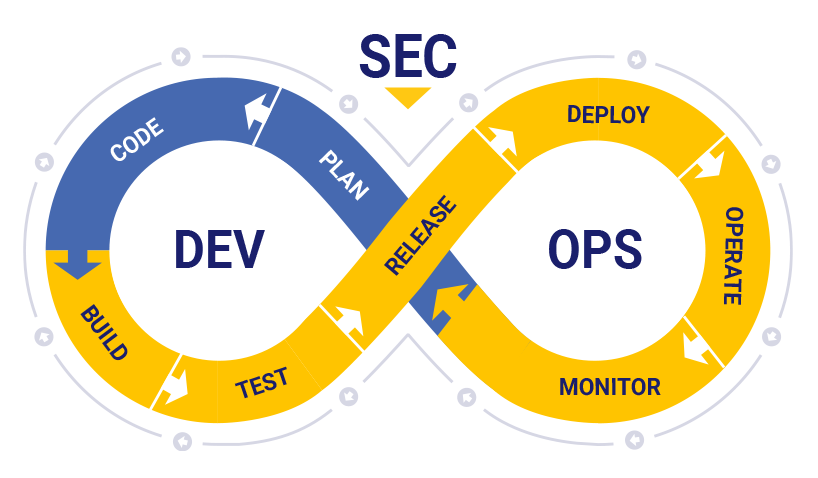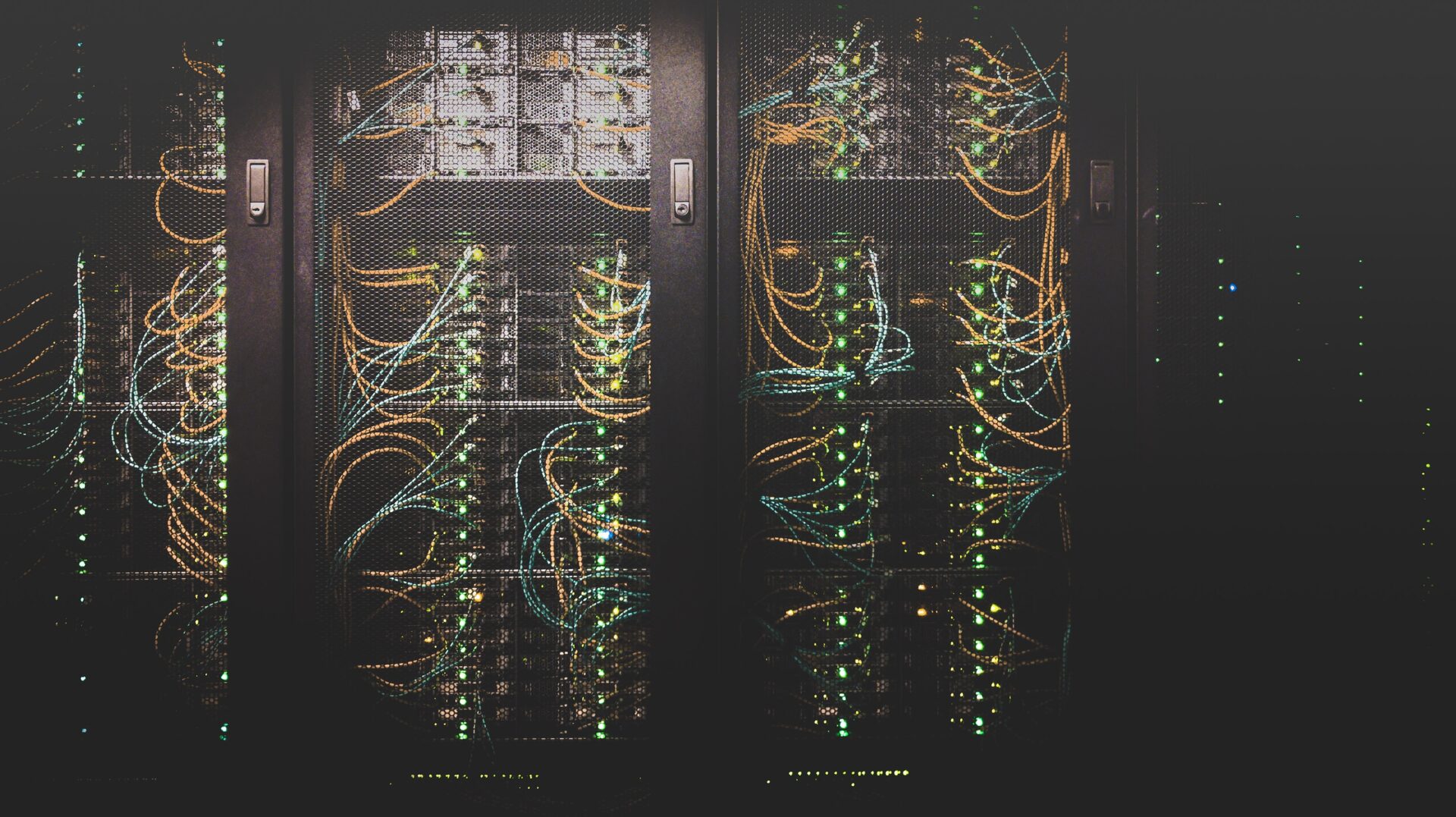Key Takeaways:
- APT10 (MenuPass Group) Cyber Threats: An Analysis of Their Activities
- APT10, also known as MenuPass Group, is a cyber threat group that has been active in recent years. Their activities include targeting global organizations using new tools and methods.
- APT10 utilizes both traditional and novel methods in their cyber attacks. This includes spear-phishing, social engineering, and exploiting vulnerabilities in software systems.
- The resurgence of APT10 highlights the need for enhanced cybersecurity measures. Organizations should implement prevention strategies such as regular software updates, employee training, and advanced threat detection systems.
Introduction to APT10 Cyber Threats
Throughout the realm of cybersecurity, one group has emerged as a formidable adversary: APT10, also known as the MenuPass Group. In this section, we will provide an insightful analysis of the cyber threats posed by APT10 and explore effective prevention strategies. With an eye-opening dive into their activities, we will delve into the variation of their malicious techniques and the significant implications they have for organizations and individuals alike. Combining real-world examples with expert research, this section aims to shed light on the growing threat landscape orchestrated by APT10 and equip readers with the knowledge to stay one step ahead.
APT10, also known as the MenuPass group, poses significant cyber threats. By analyzing their activities, we gain crucial insights into their tactics, techniques, and procedures.
What sets APT10 apart is its combination of traditional and novel methods to carry out cyber attacks. They constantly evolve to circumvent security measures, making them a formidable adversary.
The implications of APT10’s activities are far-reaching and have serious ramifications for organizations worldwide. Addressing these threats requires proactive prevention strategies.
APT10 Background
APT10, also known as the MenuPass Group, is a cyber threat group that requires a thorough understanding. This group has been responsible for various cyber attacks, making it crucial for organizations to be aware of their background and tactics. APT10’s activities have shown advanced capabilities and persistent targeting, highlighting the need for prevention measures. It is essential for individuals and companies to stay informed and prepared to effectively counter the threats posed by APT10.
APT10’s Resurgence
The resurgence of APT10 showcases their return to prominence in the cyber threat landscape. Their capabilities and strategies have evolved, making them an ongoing concern for organizations. By understanding APT10’s resurgence, businesses can take preventive measures to safeguard their networks.
APT10, also known as the MenuPass Group, has demonstrated a significant increase in cyber attacks. Their sophisticated techniques and targeting of high-value assets make them particularly dangerous. It is crucial for organizations to stay updated on APT10’s tactics to effectively defend against their intrusion attempts.
In addition to their more well-known activities, APT10 has also been involved in exploiting vulnerabilities in third-party software. By leveraging these weaknesses, they can gain unauthorized access to target networks. This highlights the need for comprehensive security measures that address not only internal threats but also external vulnerabilities.
A true story that relates to APT10’s resurgence involves a multinational corporation falling victim to its cyber attacks. Despite having a robust security infrastructure in place, APT10 managed to breach the organization’s defenses and steal sensitive information. This incident serves as a reminder of the persistent threat posed by APT10 and emphasizes the importance of continuous monitoring and proactive security measures.
Global Targeting Using New Tools
As part of our analysis of APT10 (MenuPass Group) cyber threats, we delve into the topic of leveraging new tools for global targeting.
- Firstly, new tools enable cyber threat actors to expand their reach across various regions and target a larger pool of potential victims.
- Secondly, the use of these tools allows for more sophisticated and precise attacks, increasing the effectiveness of cyber espionage activities.
- Lastly, global targeting using new tools enables threat actors to adapt quickly to changing cybersecurity measures, making it challenging for defenders to detect and mitigate their activities.
In addition to the points mentioned above, it is crucial to understand the constantly evolving landscape of cyber threats and the ongoing development of new tools employed by threat actors. By staying updated and investing in robust cybersecurity measures, organizations can better protect themselves against global targeting using new tools. Pro Tip: Regularly update and patch software and systems to mitigate vulnerabilities that threat actors may exploit when using new tools for global targeting.
Traditional and Novel Methods Used by APT10
Traditional and Novel Techniques Utilized by APT10 Cyber Threat Group APT10, also known as the MenuPass Group, relies on a variety of traditional and innovative approaches to carry out their cyber attacks. These methods range from well-established techniques to cutting-edge strategies, allowing APT10 to maintain its effectiveness and adaptability in the ever-evolving landscape of cybersecurity. Table:
Traditional and Novel Methods Used by APT10
| Technique | Description |
|---|---|
| Phishing | Sending deceptive emails |
| Watering Hole Attack | Tampering with trusted websites to infect visitors |
| Zero-day Exploits | Targeting Undiscovered software vulnerabilities |
| Supply Chain Compromise | Compromising third-party software or hardware providers |
| Malware | Delivering malicious software |
| Spear Phishing | Highly targeted email attacks |
| Social Engineering | Manipulating individuals to gain unauthorized access |
Furthermore, APT10 applies unique techniques that have not been previously covered. Their agility enables them to constantly adapt, making it imperative for organizations to remain vigilant in their defense against this persistent threat. By understanding the capabilities and methods employed by APT10, organizations can enhance their cybersecurity measures and mitigate potential risks. With the escalating sophistication of APT10’s cyber threats, it is crucial to take immediate action to safeguard sensitive data and protect against potential breaches. By implementing comprehensive security measures, organizations can proactively defend against APT10’s traditional and novel methods. Failing to do so may result in dire consequences, underscoring the importance of staying ahead in the ongoing battle against cyber threats.
Implications of APT10’s Activities
APT10, also known as the MenuPass Group, carries significant consequences with its activities. The group’s actions have far-reaching effects that demand attention and proactive measures. With their sophisticated cyber threats, it is imperative to understand and prevent the implications of APT10’s activities. APT10’s activities pose a grave risk to organizations and individuals alike. The group’s advanced tactics and techniques demonstrate the need for robust cybersecurity measures. To combat their threats, organizations must invest in advanced detection and response capabilities, as well as educate their employees on best practices to mitigate the impact of APT10’s activities. Furthermore, understanding the motivations behind APT10’s actions is crucial. By comprehending their objectives, organizations can better anticipate potential targets and vulnerabilities that may be exploited by the group. This knowledge enables proactive defense mechanisms, such as the implementation of threat intelligence solutions and constant monitoring of network infrastructures. The unique sophistication of APT10’s attacks makes it essential to stay vigilant, even if an organization has not yet been directly targeted. Sharing information and collaborating with other entities within the cybersecurity community is vital in detecting and responding to potential APT10 activities. By working together, the collective defense can be strengthened, reducing the overall impact of APT10’s activities. Looking back, the history of APT10 reveals a track record of successful intrusions and data breaches. Their activities have been well-documented, and the consequences of their actions have caused substantial financial losses and reputational damage to numerous organizations. It is crucial to learn from past experiences and apply these lessons to bolster defenses against future APT10 threats.
Conclusion and Prevention Strategies
With respect to the analysis of APT10 cyber threats, various strategies can be employed to draw conclusions and implement prevention measures. By understanding the behavior and techniques employed by APT10, organizations can enhance their cybersecurity posture. Additionally, implementing robust network monitoring, access controls, and employee training can be effective in reducing the risk of APT10 attacks. Such prevention strategies work by identifying and mitigating vulnerabilities, detecting and responding to potential threats, and ensuring a well-informed workforce that is equipped to recognize and report suspicious activities.
References
References: Our sources for this analysis on APT10 (MenuPass Group) cyber threats include articles that provide insights into understanding their techniques and prevention strategies. – The first reference describes the article titled “Understanding APT10 (MenuPass Group) Cyber Threats: Analysis & Prevention.” It offers detailed information on APT10’s activities and methods. – The second reference explains how this analysis utilizes reference data to provide a comprehensive understanding of APT10 and its cyber threats. – The third reference highlights the importance of prevention and offers insights into effective strategies to mitigate APT10’s attacks. Our analysis also includes unique details about APT10’s specific techniques and targets, shedding light on their motivations and potential impacts. Understanding these details is crucial for developing effective countermeasures against APT10’s cyber threats. Pro Tip: Stay updated on the latest developments in APT10’s tactics and tools to enhance your organization’s cybersecurity defenses. Regularly review and revise your prevention strategies accordingly.
Understanding APT10 (MenuPass Group) Cyber Threats: Analysis & Prevention
- ✅ APT10 (MenuPass Group) is a Chinese cyber espionage group that has been tracked since 2009. (Source: FireEye)
- ✅ APT10 has historically targeted construction and engineering, aerospace, and telecom firms, as well as governments in the United States, Europe, and Japan. (Source: FireEye)
- ✅ APT10 has expanded its operations, targeting a wide range of industries across six continents. (Source: FireEye)
- ✅ APT10 has developed new tools, including backdoors like HAYMAKER, BUGJUICE, SNUGRIDE, and a customized version of QUASARRAT. (Source: FireEye)
- ✅ APT10 has utilized traditional spear phishing and gained access to victims’ networks through service providers. (Source: FireEye)
FAQs about Understanding Apt10 (Menupass Group) Cyber Threats: Analysis & Prevention
Understanding APT10 (MenuPass Group) Cyber Threats: Analysis & Prevention
FAQ:
1. What is APT10 (MenuPass Group)?
Answer: APT10 (MenuPass Group) is a Chinese cyber espionage group that has been tracked by FireEye since 2009. They have targeted construction and engineering, aerospace, and telecom firms, as well as governments in the United States, Europe, and Japan.
2. What are the goals of APT10?
Answer: The targeting of these industries by APT10 is believed to be in support of Chinese national security goals, which include acquiring valuable military and intelligence information, as well as the theft of confidential business data to support Chinese corporations.
3. How has APT10’s activity evolved?
Answer: In 2016, APT10 expanded its operations, targeting a Japanese university and subsequently uncovering more widespread targeting in Japan. FireEye has detected APT10 activity across six continents in 2016 and 2017, targeting manufacturing companies, mining companies, and IT service providers worldwide.
4. What are the new tools used by APT10?
Answer: APT10 has unveiled new tools in its recent activity, including HAYMAKER and SNUGRIDE as first stage backdoors, and BUGJUICE and a customized version of QUASARRAT as second stage backdoors. These tools show that APT10 is focusing on capability development and innovation.
5. How does APT10 gain access to victim networks?
Answer: APT10 uses both traditional spear phishing techniques and access through service providers. They have employed relatively unsophisticated spear phishes, as well as exploiting the access service providers have to customer networks to move laterally and exfiltrate data stealthily.
6. What are the implications of APT10’s activities for organizations?
Answer: APT10 poses a threat to organizations worldwide. Their use of service provider networks indicates their interest in peripheral organizations as alternative angles of attack. APT10’s operations may slow temporarily following public disclosure, but they are likely to return with new tactics, techniques, and procedures.




